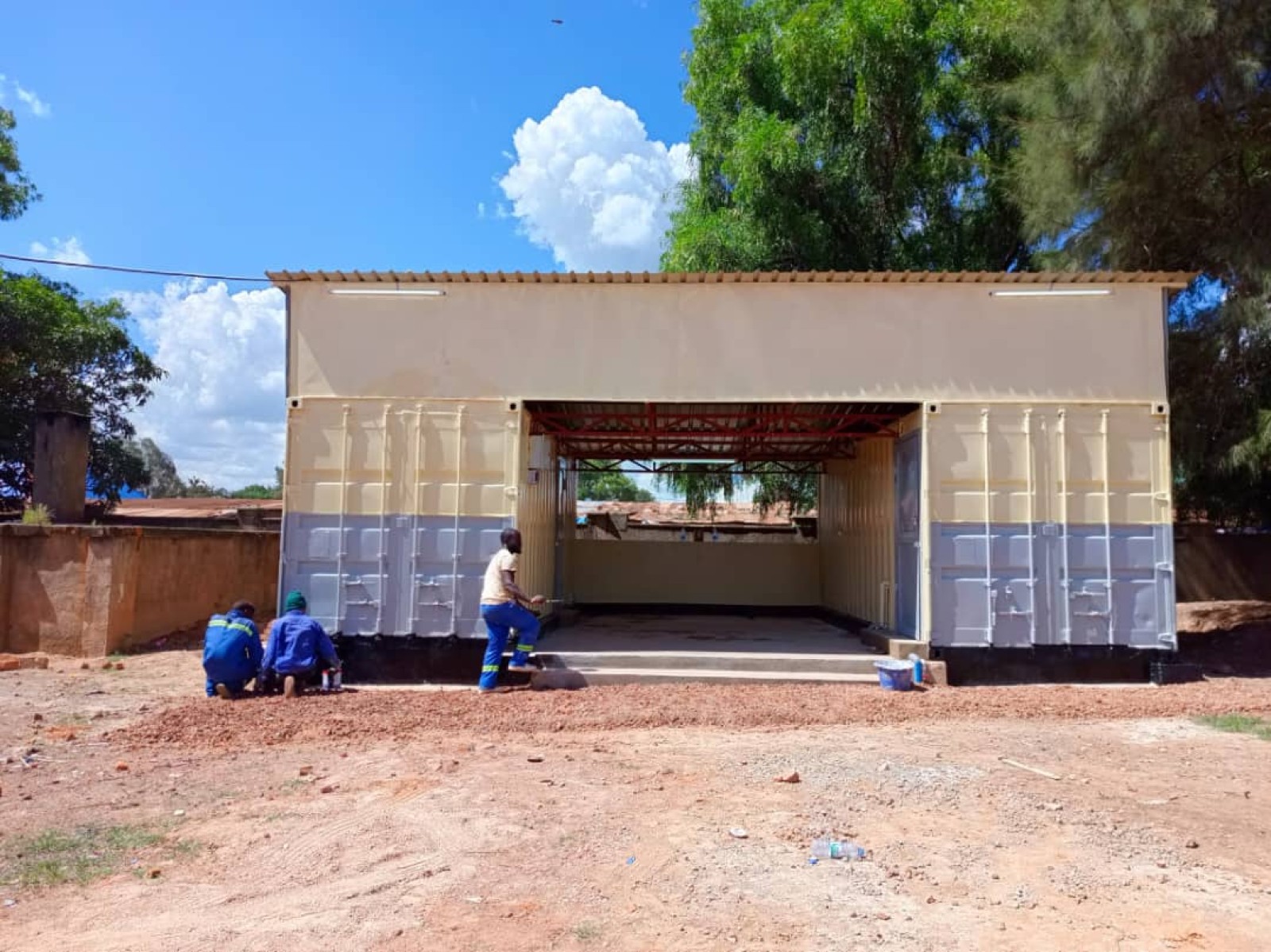Novartis targets R&D gaps for antimalarials with access plans for its late-stage projects that are superior in quality and breadth
Date
19 November 2024

Novartis
Eighteen countries, including Burkina Faso, Democratic Republic of the Congo, Côte d’Ivoire, Ghana, Gabon, India, Kenya, Malawi, Mali, Mozambique, Niger, Nigeria, Rwanda, Tanzania, Thailand, Uganda, Vietnam and Zambia
Projects addressing research and development (R&D) gaps for malaria
Product development with novel mechanisms, accompanied by robust access plans
To develop products to address R&D gaps for malaria, and planning to ensure these products reach people living in low- and middle-income countries (LMICs) soon after market approval
Malaria is among the world’s most severe public health problems. Nearly half the global population (mostly living in lower-income countries, especially people in sub-Saharan Africa) is at risk of infection. Globally, in 2022, there were an estimated 249 million malaria cases, and 608,000 deaths caused by the disease.1
While huge strides have been made in developing anti-malarial drugs, all combination therapies for uncomplicated malaria recommended by the World Health Organization (WHO) contain the drug artemisinin.2 This critical drug is susceptible to emergent resistance, with resistant parasites causing over 10% of cases in some parts of Africa.3 As such, R&D to develop next-generation antimalarials is urgently needed.
To make the biggest impact on malaria and combat drug resistance, companies must plan for access to products in countries with the greatest burden of disease. Planning early, when drugs are still in clinical development, will ensure they can be made available quickly once approved.
Best Practice
Ten companies in scope of the Index have a total of 35 malaria R&D projects in the pipeline. Novartis demonstrates best practice, with more projects in development (10) than any other company that addresses current R&D gaps for malaria, including novel treatments and one trial in a new population (paediatric). Moreover, its access plans – particularly for late-stage projects – are superior in quality and breadth to those of its peers.
Novartis has a long history in malarial product development, launching the first fixed-dose artemisinin-based Combination Therapy (ACT) in 1999. It currently has six projects in late stage clinical development and three stand out for their relevance, importance and quality of access plans.
The first, ganaplacide + lumefantrine (KAF156), tests a novel non-artemisinin combination treatment for uncomplicated malaria. Following successful outcomes from Phase II trials, it progressed to Phase III during the period of analysis. The second is the development of a new IV formulation of cipargamin (KAE609) to treat severe malaria, for which the primary treatment is already prone to resistance. Both candidates are being tested in adults as well as children, who are often neglected in access planning. Novartis’ third project addresses a significant gap in treating young infants with malaria, for whom no evidence-based therapy exists. Its Phase II/III CALINA study tested a new formulation of artemether-lumefantrine (Coartem®) for neonates and infants weighing less than 5 kilograms, and Novartis has since submitted positive data for regulatory review.
For the three above-named late-stage candidates, Novartis has developed access plans that address countries where malaria is endemic. The plans include countries in sub-Saharan Africa and Asia with the highest burdens of malaria, consider socioeconomic and contextual barriers to access (looking to work with potential procurers, for example) and focus on building capacity to help researchers in LMICs carry out their own R&D.
Novartis’ robust access plans are underscored by its collaboration with partners working to combat malaria, including its participation in consortia, such as WANECAM2 (West African Network for Clinical Trials of Antimalarial Drugs) and PAMAfrica, as well as its ongoing work with partners, such as Medicines for Malaria Venture, among others.
Conclusion
While there are treatments for malaria available, the scale of cases and spread of resistance to current treatments calls for further action. It is essential for originator companies to develop alternative treatments, and importantly, develop comprehensive plans to ensure access after products are approved.
Whether for products for malaria or other diseases, all companies should consider how to engage with partners to identify R&D gaps and aim to address unmet healthcare needs of the world’s most vulnerable populations, especially in LMICs.
1. CDC. Malaria’s Impact Worldwide. Published April 1, 2024. Accessed August 27, 2024. https://www.cdc.gov/malaria/php/impact/index.html
2. World Health Organization. Malaria: Artemisinin partial resistance. Published November 18, 2022. Accessed August 27, 2024. https://www.who.int/news-room/ questions-and-answers/item/artemisinin-resistance
3. Rosenthal PJ, Asua V, Bailey JA, et al. The emergence of artemisinin partial resistance in Africa: how do we respond? The Lancet Infectious Diseases. 2024;24(9):e591-e600. doi:10.1016/S1473-3099(24)00141-5
